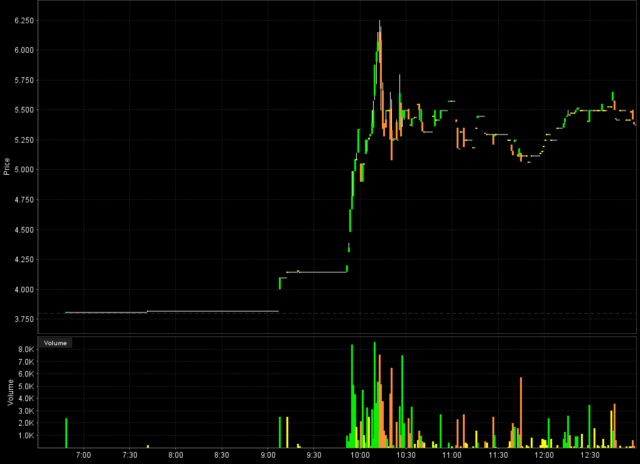(Hat tip to a comment that Will wrote)
It is really rare when I see a debt extension proposal that is so one-sided that it makes me speculate about the ulterior motives.
You can at least excuse entities like Lanesborough REIT (TSXV: LRT.UN) which was all but insolvent when they asked their debentureholders to take a haircut – it was a case of “if you don’t, we’re going to pull the plug and leave you with nothing”. At least the company had a hammer to pound on the hands of the creditors.
The proposal to extend the unsecured convertible debentures of Mogo (TSX: MOGO.DB) is even more absurd. Management Information Circular here.
Mogo is one of those millennial fintech-type companies that offers a mish-mash of financial products (credit card, mortgage, small loan, crypto, etc.). The loan portfolio is extremely risky, as judged by their charge-off rate in 2019 – 17%, which puts them at payday loan levels. The entire operation is still losing money, but this is accelerated by a considerable cost of capital – they are paying double-digit rates of interest on their credit facility.
They merged with Difference Capital (formerly TSX: DCF) which enabled them to raise enough cash to survive another year or so. But they’re still running out of cash – down to about $10 million at the end of 2019. They inherited a (less than liquid) private equity portfolio from Difference Capital worth $20.8 million on the books, but who knows how much it is actually worth (given COVID-19, I’d wager it would be worth less than the stated book value).
One headache to MOGO is their convertible debentures. There is $12.7 million outstanding and it is due to mature on June 6, 2020. As MOGO clearly doesn’t want to pay for it with cash, they can convert it into shares of MOGO at the 20-day VWAP ended May 26, 2020. MOGO currently has a market cap of $34.5 million, and triggering this option would likely cause the market capitalization to drop further and heavily dilute existing equity holders. While it is difficult to predict the magnitude (this depends on how heavily the convertible debenture holders can short sell MOGO stock to drive the price down to receive more shares upon conversion), I would guess there would be at least 50% dilution.
So to preemptively arrest the short-sellers, they float a proposal to extend the debentures on a vote to be held on May 22, 2020. I believe this is the ultimate motive of management’s proposal.
The terms and conditions is that if 2/3rds agree, the major changes are that MOGO debentures will be extended 2 years, the conversion (at the demand of the holder) will lower from $5 to $3.50, the floor conversion price on maturity (on the option of the company) will be at $1.50/share, altering the change of control provisions, in exchange for a 1% consent fee for those that vote in favour. In particular, the $1.50/share floor conversion price is highly unfavourable to existing debentureholders.
If the vote fails, MOGO.DB holders will be converted into a lot of MOGO shares. By having this vote, management is hoping that the VWAP for conversion will be higher than what it would be if they didn’t float this proposal – and if MOGO.DB holders actually agree to this, it would be a huge coup for them since the debentures are most likely to be converted into stock at $1.50/share in a couple years – representing much less dilution than in the current scenario.
I do not have any position in any of this, I do not intend to take a position. I am curious, however, to see how it will turn out.

